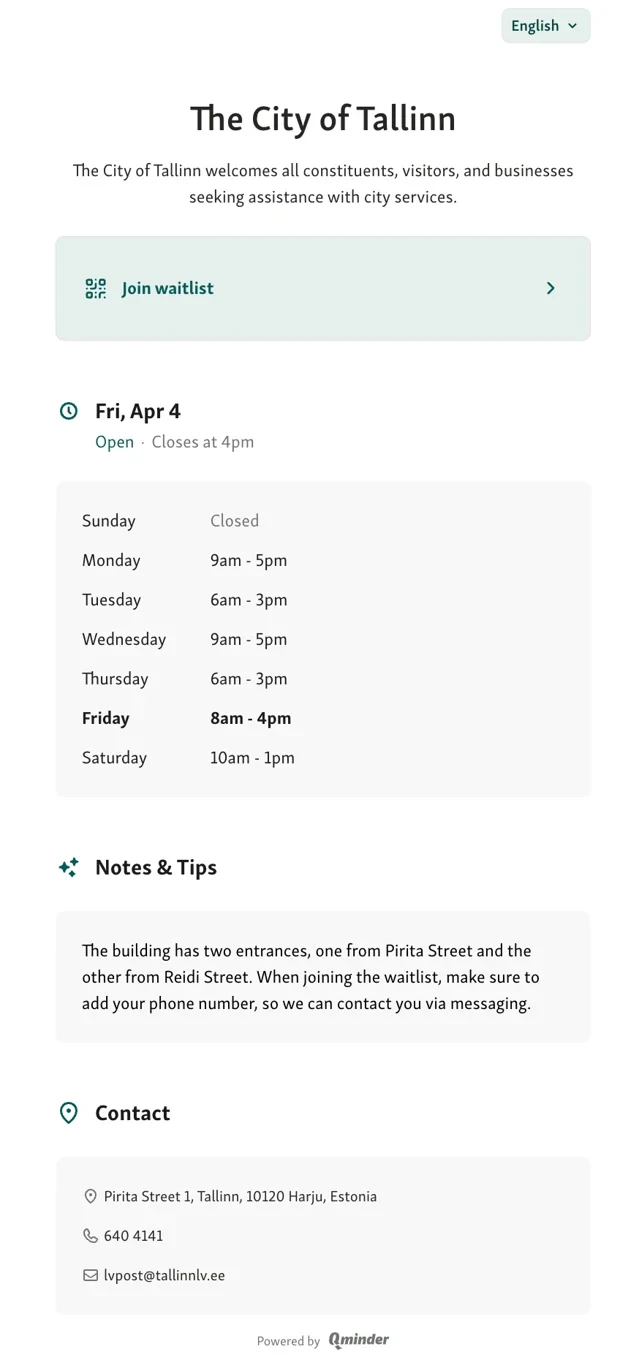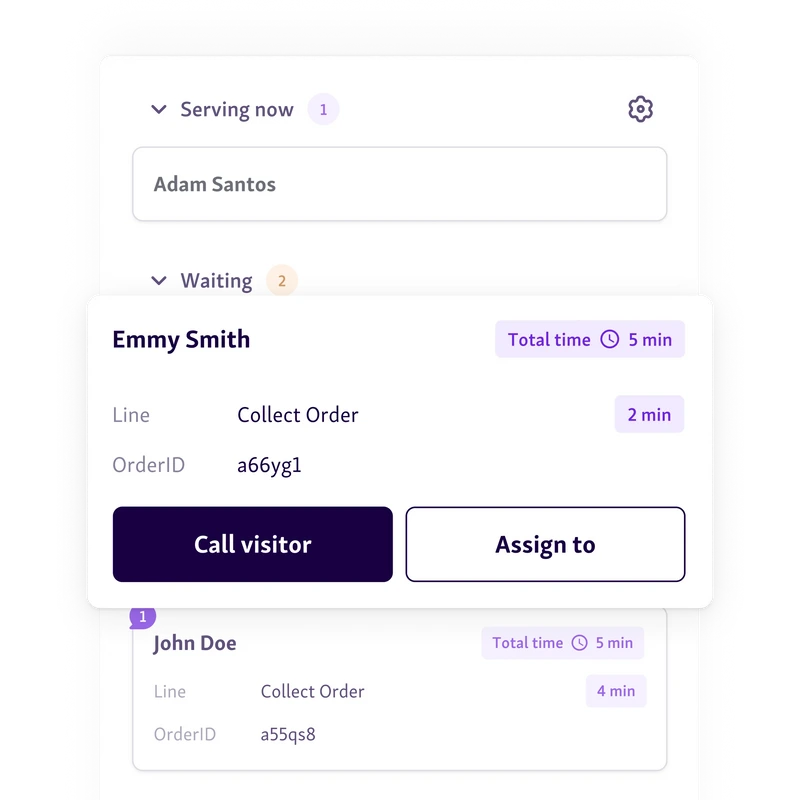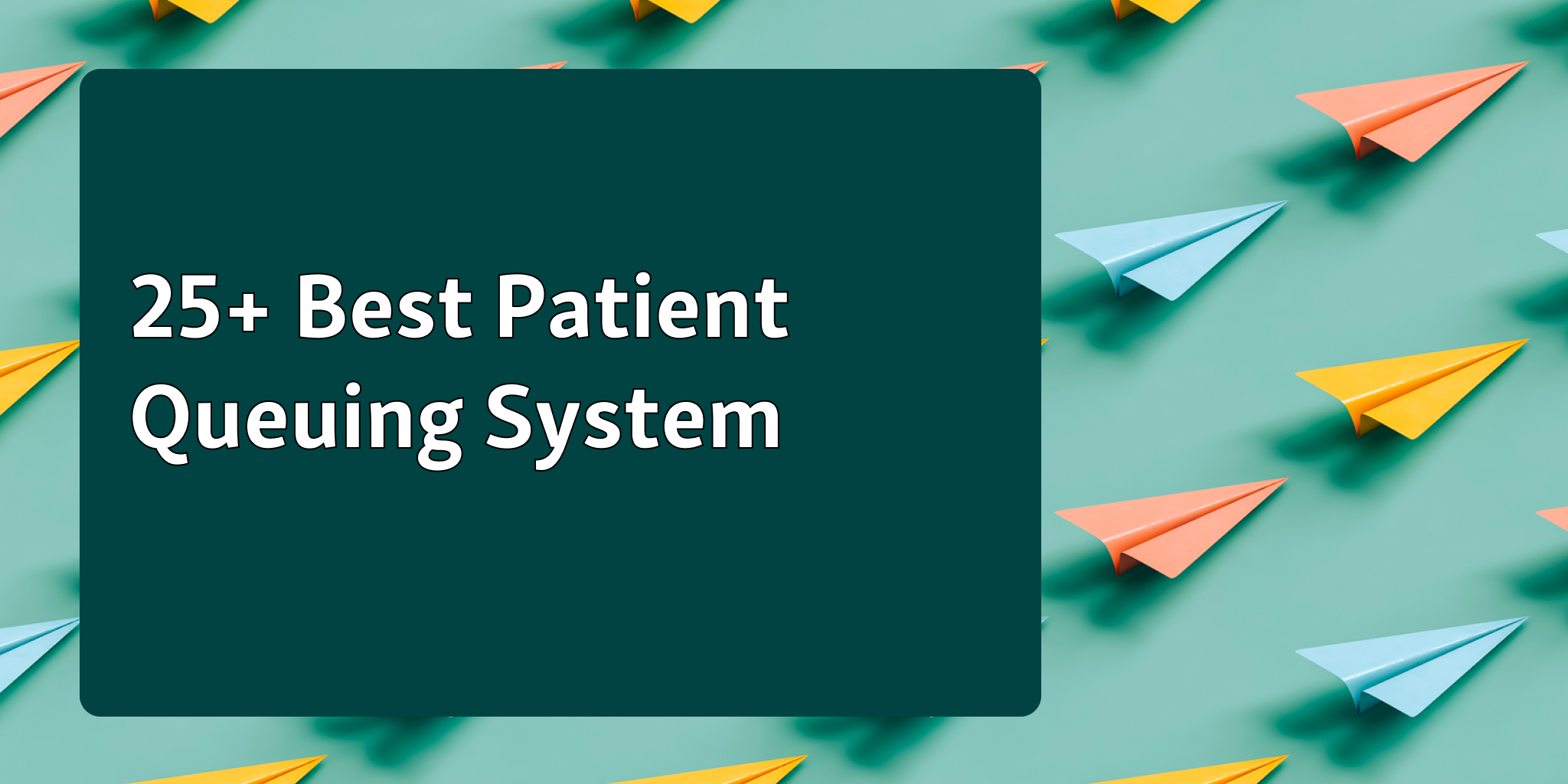Long lines, crowded waiting areas, and slow service are all too common in public sector offices. Citizens often leave frustrated, and staff struggle to manage daily operations efficiently.
A queue management system for government agencies can change that. It helps organize service flow, track wait times, and give staff a clear view of how operations are running.
The benefits are not just immediate. Over time, these systems save costs, improve citizen satisfaction, and make public services more predictable.
In this article, we will explore the ROI of queue management system adoption and why agencies like DMVs, city halls, and healthcare centers should consider them.
The ROI of Queue Management System in Public Sector Agencies
Queue management systems can have a big impact on government efficiency and citizen satisfaction. This section looks at the key ways they deliver long-term ROI for public sector agencies.
1. Reduced Operational Costs
Long wait times at public sector offices cost more than just time. Staff often spend hours managing lines instead of focusing on actual work. A queue management system for government offices changes that. Automating check-ins, notifications, and routing keeps things moving smoothly while reducing manual effort.

Here’s how it helps:
Staff can focus on serving citizens rather than organizing lines.
Overtime and extra staffing costs are reduced by balancing workloads.
Processes run more efficiently, which lowers wasted time and resources.
Implementing these systems shows clear savings, making the ROI of queue management system tangible.
2. Improved Citizen Experience
Long waits frustrate citizens and reduce trust in public services. A queue management system for government offices changes that by giving people more control over their time. Virtual queue options let citizens check in remotely or wait comfortably until it’s their turn. This reduces congestion in lobbies and creates a calmer environment for both staff and visitors.

Benefits include:
Citizens spend less time standing in line and more time on their schedules.
Agencies can provide real-time updates about wait times and service progress.
Improved satisfaction builds trust and strengthens the public image of government offices.
Better experiences mean happier citizens and a stronger ROI of queue management system.
Helpful read - What is Customer Experience and Why is It Important in the Government Sector?
3. Increased Staff Productivity
A queue management system for government offices allows staff to spend more time helping citizens and less time managing lines. Automating check-ins, routing, and notifications frees employees from repetitive tasks and keeps operations smooth.

Some ways this boosts productivity:
Staff can focus on service instead of crowd control.
Data-driven insights help assign tasks efficiently and balance workloads.
Lower stress and better workflow lead to higher morale and reduced burnout.
These improvements not only make daily operations easier but also contribute to the long-term ROI of a queue management system for government agencies.
4. Data-Driven Decision Making
Queue management systems give public sector agencies clear visibility into how their services are running. The analytics data show where lines form, which counters are busiest, and the times of day with the most traffic. This allows managers to plan ahead and address bottlenecks before they become a problem.

How it helps:
Assign staff to areas with the highest demand.
Allocate counters, kiosks, and support resources more effectively.
Track patterns over time to make small improvements that add up.
Using this data, agencies can operate more efficiently, keep citizens happier, and see a higher long-term ROI from their queue management system for government offices.
Read also - Using Historical Data to Predict Queue Patterns and Improve Operations in Public Service
5. Scalability and Future-Proofing
A queue management system for government can grow alongside your agency. Whether it’s multiple branches of a DMV or several departments in a city hall, these systems adapt without disrupting operations. Hybrid setups, combining online and in-person services, ensure citizens have flexibility while staff stay in control.
How it helps:
Easily add new service points or locations without new software.
Support both virtual queues and in-person check-ins seamlessly.
Reduce future costs by avoiding major infrastructure changes.
Scalable systems protect long-term investment while keeping operations smooth and citizens satisfied.
Also read - 9 Proven Benefits of Online Queue Management Systems
Why Queue Management Systems Are Essential for Government Modernization
Queue management systems are no longer optional, they help agencies run smoother, faster, and more citizen-focused operations. Here’s why they matter for modernization:
Efficiency across locations: Manage multiple locations and queues and service points from a single platform, giving staff a complete overview of operations.
Better citizen experience: Real-time updates and notifications reduce perceived wait times and make visits less stressful.
Data-driven decisions: Dashboards provide insights into bottlenecks, wait times, and staff performance for smarter planning.
Compliance and security: Designed to meet GDPR, HIPAA, and other data privacy standards, keeping citizen data safe.
Flexible service flows: Easily move, forward, or reassign visitors to different counters or departments without manual intervention.
Hybrid support: Integrates in-person kiosks with mobile and web check-ins for a seamless visitor experience.
Turning Queue Management Into Long-Term Value
A queue management system does more than cut wait times. It helps staff focus on serving citizens, reduces congestion, and gives leaders clear data to improve operations. Over time, these small improvements add up, creating measurable savings and stronger citizen trust. Agencies also gain flexibility to handle peak hours, manage multiple locations, and adapt to changing needs.
For public sector offices aiming for efficiency and happier citizens, Qminder is the ideal choice. Its platform offers real-time updates, multi-location management, and full reporting.
Start using Qminder today to make long waits a thing of the past.
Yes, many queue management systems can connect with current government databases to streamline check-ins, verify documents, and sync citizen information automatically.
Absolutely. Queue management platforms can be set up for pop-up offices, mobile units, or seasonal centers, helping maintain efficiency even outside permanent locations.
Yes, modern queue management systems often include feedback tools that let citizens rate service quality, report issues, or leave suggestions directly from kiosks or mobile apps.





